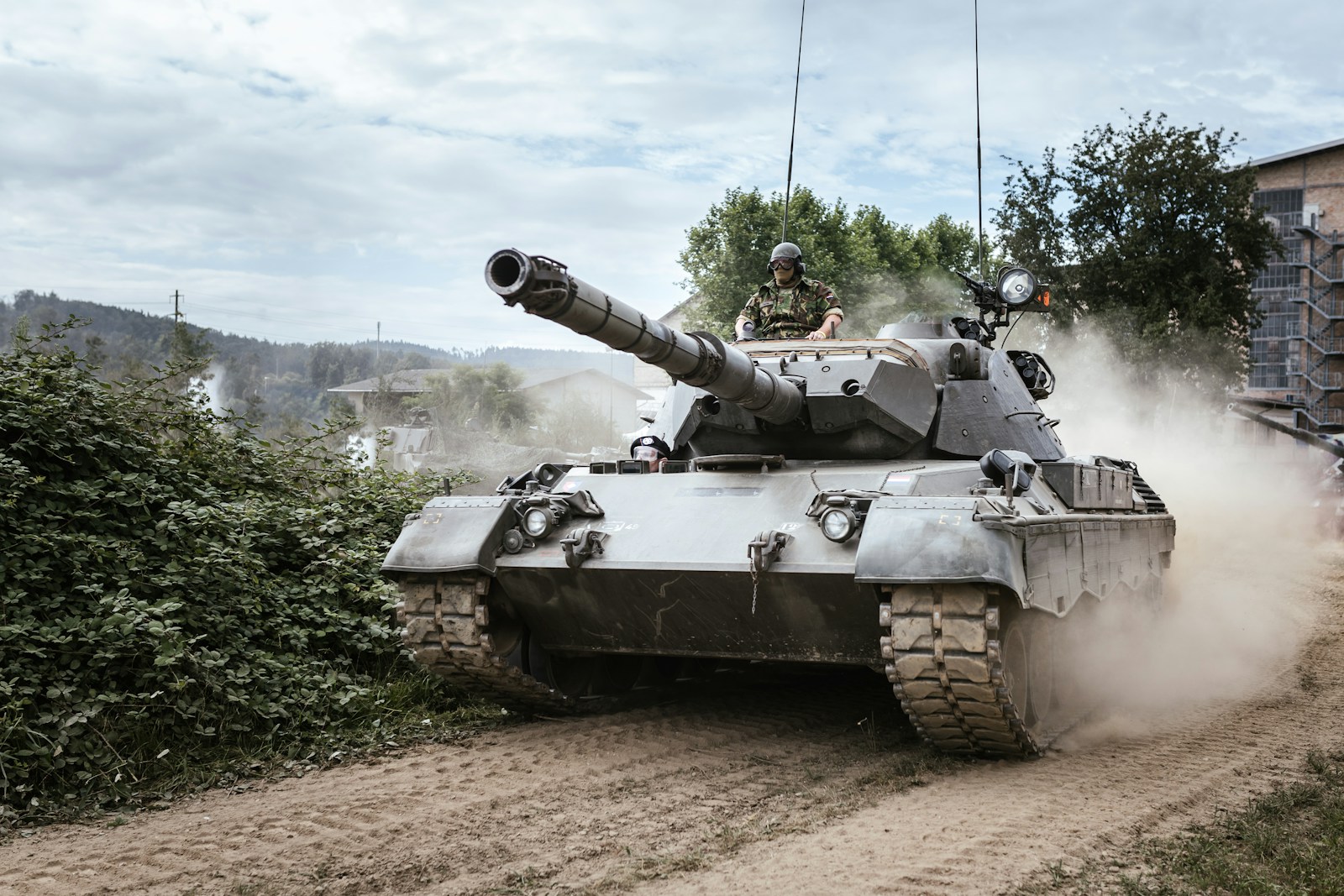Key takeaways
– Recent clashes in Sweida province left hundreds dead
– Druze fighters received Israeli air support
– Alawites faced revenge attacks after March violence
– Syrian government struggles to curb sectarian killing
– Minorities risk deep marginalization in post-Assad Syria
Introduction
In July 2025, fierce fighting broke out in Sweida province. Druze villagers fought Sunni Arab groups backed by government forces. Dozens died on both sides. Later, Israel struck Sunni positions to help the Druze. This renewed violence follows brutal killings against Alawites in March. More than 1 300 people, mostly Alawites, lost their lives then. Men were executed and women kidnapped. Despite promises of an inquiry, attacks continue. These events show how Syria’s religious minorities remain at risk.
Druze and Sunni Fighters Clash
In the south, Druze residents formed local militias. They faced nearby Sunni Arab fighters. Government forces sided with the Sunnis. As a result, villages burned and families fled. Israel launched airstrikes on Sunni camps. It aimed to protect Druze communities. Meanwhile, the United States pushed for a ceasefire. Despite talks, violence kept flaring. The clashes highlight rising sectarian anger in Syria.
Alawite Targeting after Assad Regime Falls
Back in March, pro-Assad supporters attacked regime security units. In return, new government militias struck back. They killed Alawite civilians in many areas. Entire families died without trial. Some homes faced summary executions. Reports spoke of mass graves and forced disappearances. Although Damascus pledged to punish the killers, no trials followed. Alawite women still face kidnappings. Alawite men face extrajudicial execution. The sense of fear remains very high.
Historical Roots of Alawite Persecution
The Alawites appeared in the tenth century on Syria’s coast. They follow a faith linked to Shia Islam but with hidden rituals. For centuries, Sunni scholars labeled them heretics. The Ottoman empire later gave them new schools and jobs. Still, most Syrians viewed them as strange outsiders. In the 1970s, Hafez Assad used Alawite officers to build his army. His rule helped some Alawite families rise in power. Yet most Alawites stayed poor.
The Civil War’s Toll on Alawites
When Syria’s war began in 2011, many Alawite men joined the army. They suffered heavy battlefield losses. Meanwhile, Sunni Arabs and Kurds fled or became refugees. Most Alawites stayed in Syria. Their numbers once formed ten percent of the country. Now, survivors face distrust from neighbors. They worry the new state will not shield them from sectarian harm.
Why Alawites and Druze Face Danger
First, both groups follow beliefs that differ from Sunni Islam. Their rituals remain hidden from outsiders. Many Sunni clerics once issued religious rulings against them. Such teachings still fuel prejudice. Second, Alawites served in high government posts under Assad. Many Sunnis blame them for crimes of the old regime. This mix of religious stigma and political anger makes lethal violence more likely. Even the Druze pay a price, though they stayed more neutral in Assad’s circle.
Israel’s Role and Regional Ties
The Druze have a community inside Israel. That link explains why Israel helped Druze fighters in Sweida. This outside support adds a new layer of tension in Syria. Sunni fighters see foreign backing as proof of a hidden alliance. Such views block any simple peace deal. They also raise fears among other communities about shifting alliances.
What the New Government Faces
Syria’s new leadership lacks full control of armed groups. It calls itself a Sunni government. At times, it seems ready to stop sectarian killing. It hopes to win back foreign investors by showing order. Lifting sanctions has boosted the economy a bit. Civil society groups have grown stronger. The government even held talks with the main Kurdish party. Yet it cannot halt all reprisals. Local militias keep acting on old grudges. The state just watches.
A Cautious Road Ahead
Minority groups hope for real protection under new laws. They also want some local autonomy. However, these goals may inflame Sunni anger. Critics accuse minorities of seeking a state within a state. Meanwhile, the government fears angering its Sunni base. It labels calls for autonomy as treacherous. As a result, it lets local fighters run unchecked. This pattern risks more cycles of revenge rather than real reconciliation.
Conclusion
In post-Assad Syria, some signs of peace and recovery exist. Yet deep-rooted sectarian hate still runs strong. Both Alawites and Druze live in fear. They face threats from armed groups and public rage. Unless Damascus tackles religious prejudice and local militias, violence will persist. The future of Syria’s diverse society depends on halting these cycles of terror. Otherwise, minorities may find themselves ever more marginalized.

